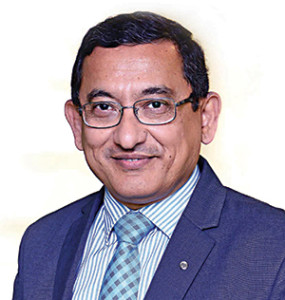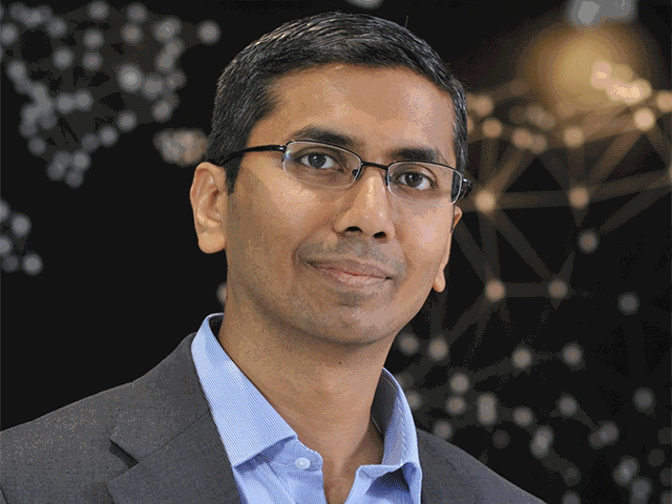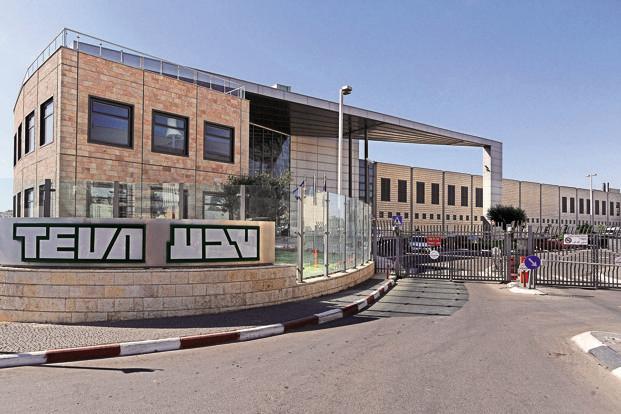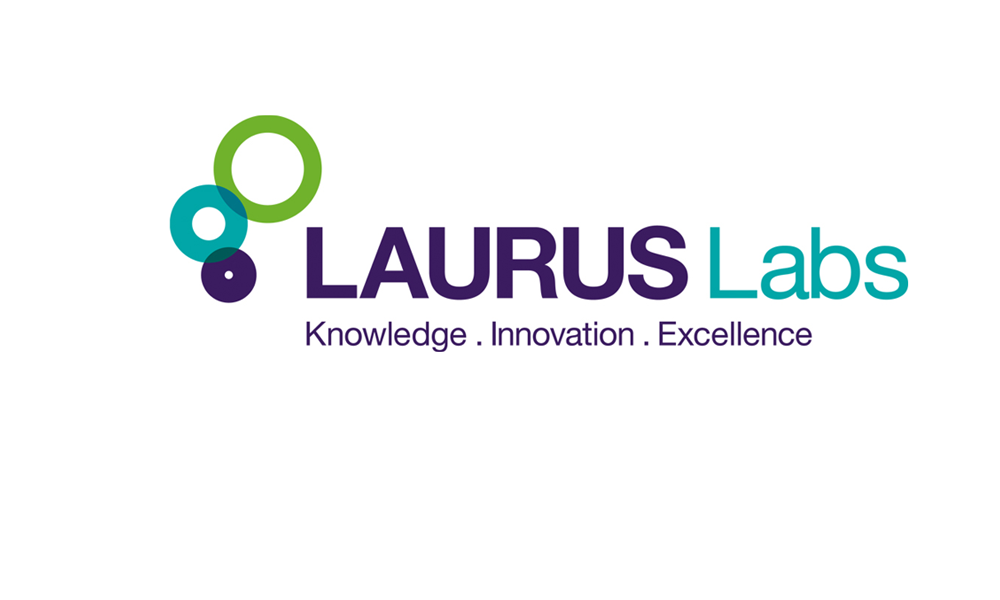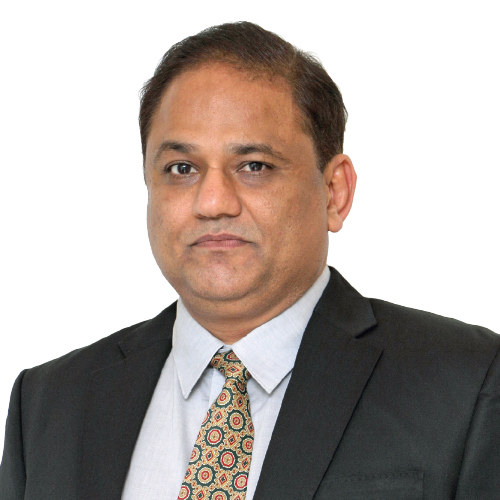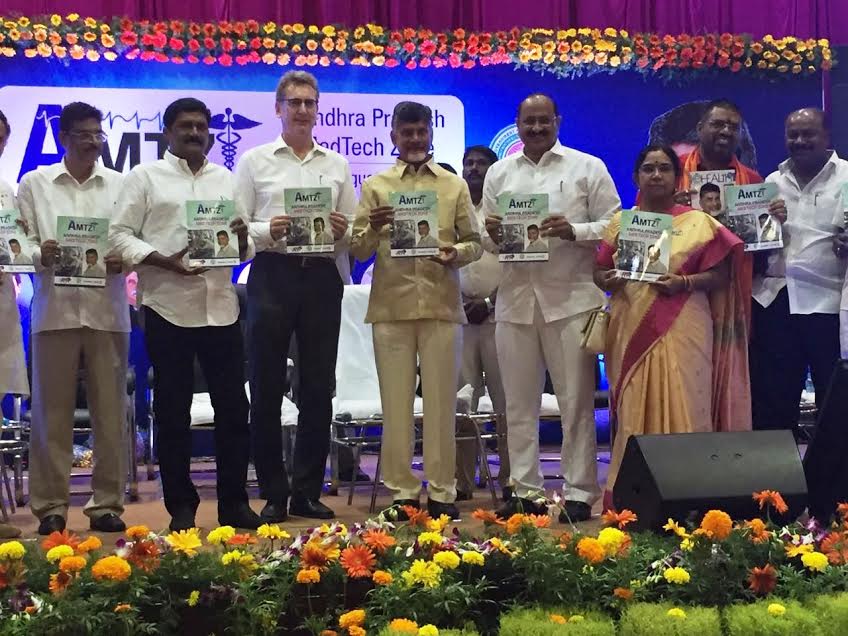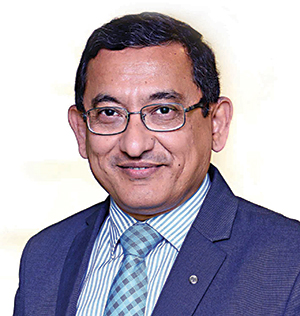
Wadhwani Initiative for Sustainable Healthcare (WISH) Foundation focuses on scaling up innovations in the healthcare domain to strengthen the primary healthcare system, says Soumitro Ghosh, Chief utive Officer, WISH Foundation in conversation with Elets News Network (ENN)
What role does WISH Foundation play in strengthening the healthcare sector in Rajasthan and other states?

Wadhwani Initiative for Sustainable Healthcare (WISH) focuses on scaling up high impact healthcare innovations in strengthening the primary healthcare delivery system in partnership with the state governments. Healthcare innovations include process innovations e.g. efficient and cost effective primary healthcare delivery models; device innovations e.g. compact, portable, low cost, high quality glucometer or non invasive anemia screener, no touch breast scanners etc.; as well as technology innovations like telemedicine, mobile health technology being used for supervising the frontline health workers or standardizing IEC or BCC messaging, or for monitoring and providing the supportive supervision by either the medical supervisor or Auxiliary Nurse Midwife (ANM) to the Accredited social health activists (ASHA) workers. In states such as Rajasthan, Madhya Pradesh, Uttar Pradesh access to quality healthcare is very poor due to acute shortage of skilled medical and non medical staff, sub optimal performance of primary health clinics, long distances and low density of population make physically monitoring difficult, erratic and costly.The use of variety of innovations like public private partnership to fill manpower gaps; outcome driven, efficient management of primary health clinics; use of innovative diagnostic devices by grass-root health workers at the door step; use of e-health, internet application, and mobile technology become highly beneficial in achieving desired health impact, making the public health system efficient and cost effective and reducing out-of-pocket expenditure on health for the economically weaker sections of the population.
How do you identify and incubate these innovations?
We continuously look for these innovations and have partnered with various forums such as Millennium Alliance, TiE, Manthan, and Sankalp Forum besides working closely with The World Bank, USAID FICCI, BIRAC and many others. Within the public sector there are a lot of internal innovations that too. We systematically identify innovations from both private and public sectors and then manage a database that is available for public on our website. We choose the highest ranking innovations, potential to be scaled up faster than others and then take them to the government. With our focus on the economically weaker sections of the society and the underserved populations, it is the government infrastructure which exists and operates in rural areas where a large proportion of the target audience lives. Hence, instead of reinventing or recreating parallel structures, we work with the government. We approach the state governments where we work as a foundation and through a long term Memorandum of Understanding (MoU) we chart out needs and priorities with the list of innovations and then match what fits the best. We have created a pipeline called SCALE in partnership with the state governments, which identifies, incubates and accelerates promising innovations and demonstrates their impact on ground within the government system with financial assistance from WISH for a period of up to two years.

Different innovations require different approaches and time frame for demonstration. For example Primary Health Clinics (PHCs) and Sub Centers form the nucleus of our model. We have taken management and operations hand over of Primary Health Clinics (PHCs) and are making those PHCs functional by bringing reputed and experienced civil society organizations, philanthropy organizations and private not-forprofits to manage the clinics through a Public-Private-Partnership (PPP) for upto a period of two years. Currently we fund the expenses to demonstrate its efficacy with an understanding with the state governments that once proven successful, it starts reimbursing the PPP partners against agreed deliverables. With the PPP, we bring in players like Karuna Trust, Piramal Swasthya, and Ajeevika Bureau to run those PHCs. We also bring in organizations like SRL Diagnostics to provide state-of-the-art diagnostic services within the district hospitals and CHCs, some tests for free and others at an agreed rate with the government and the private players, substantially lower than the commercial market rates.
Around each PHCs we deploy the innovations like point-of-care diagnostics and mobile health for use by trained ASHAs and ANMs; a foolproof patient referral system from PHCs to CHCs and DHs; HealthATMs at the sub centers offering 3-in-1 benefits of remote consultations by MBBS doctors through telemedicine, basic non invasive diagnostics and medicines through vending machines; portable diagnostic laboratories offering 76 essential tests right at the community level for early detection of diseases in a convenient and cost effective manner; electronic medical records (EMR) and integrated data analytics (IDA) for evidence-based decision making using tailor-made Dashboards for different levels of decision making e.g. state, district, block, facility and health worker.
We also bring in the special state-related interventions. For instance, to reduce malnutrition we are working on several initiatives-
a) use of locally produced food supplement treatment for Severly Acute Malnutrition children (SAMs),
b) wheat fortification for the rural mass in Rajasthan. We are working with Action for Hunger (ACF) who developed locally produced food supplement treatments for SAMs which improves nourishment level dramatically. We are scaling that up. Similarly while GAIN project successfully introduced fortified milk, oil and wheat in packaged forms. However packaged wheat is largely consumed in urban areas of the state. The rural population still depends on the local mills. We are working with various partners to bring micronutrients in sachet form and/or through devices that can be fitted with the mill, where the micronutrients can be mixed while grinding the wheat and made available to the entire family. These are different kinds of innovations that have already been plugged into the government system. And once the documentation is done the government takes over and scales it up across the district, our role changes as a facilitator. Our focus is to scale up innovations in healthcare area to strengthen the primary healthcare.
As you talked about malnutrition in Rajasthan, which is the core focus area you are looking at? And what are the other areas that WISH Foundation is focusing on at present?
Besides RMNCH+A and communicable diseases, we see noncommunicable diseases (NCDs) as a major threat looming large that the primary healthcare system needs to address. We are introducing a number of low-cost devices that can early detect NCDs and thereby prevent the need for treatments. We have also introduced training programs for medical and non medical staff to develop capacity in managing NCDs. Rajasthan is extremely open and very supportive in pushing healthcare reforms. The state has the lowest doctor to population ratio, so the healthcare facility requires attention and the government is very supportive in initiating reforms.
How do the activities of the foundation stand today and what are the future initiatives?
We are covering 13 high priority districts including Jaipur in consultation with the Health Ministry and the CMO “ all six districts in Udaipur division, all four districts of Kota division, Churu and Sawai Madhopur districts and Jaipurs urban slums. Currently all the initiatives are being rolled out on ground. By middle of August they will all be fully operational.
It is a five-year MoU, but our role evolves with the innovations getting scaled up within the government system. We take care of the bottlenecks and the operations that the government needs support and assistance for. For instance, over and above bringing ready to demonstrate innovations and funding them, we also work with design labs to design appropriate prototypes for different innovations. Present ATMs being urbanized needed a lot of redesigning to suit the rural requirements. We work with Indian School of Business (ISB), Hyderabad for designing the rural model. We also rework on the business models for some innovations like the HealthATM or Portable Labs which are highly operation intensive. Though very innovative and useful these may not be effectively operated by government staff. Hence we are using local entrepreneur development program in partnership with Rajasthan Skills & Livelihood Development Corporation (RSLDC) and local panchayats to test the effectiveness of these innovations where private ownership with public support could make the operations sustainable, benefitting the underserved population of the state.
The data provided by you says of the 114 health sectors PPPs in India, Rajasthan, Madhya Pradesh (MP) and Odisha account for eight percent. What is the reason behind this?
PPPs have worked successfully in highways, airports, tertiary healthcare where there is high revenue potential. This eight percent comes largely from the tertiary and diagnostic healthcare sectors. In Rajasthan, its for the first time that PPP is being tested in primary healthcare delivery. We believe it is possible to create success for PPPs in primary healthcare following a high volume-low margin business approach. There will always be a segment of population with no capacity to pay for healthcare, who will have to be offered free services, paid for by the government and other philanthropic initiatives. But with sustained efforts to provide quality healthcare at affordable prices, the bottom of the pyramid market is bound to develop and offer the opportunities to the private sector. It is still work in progress and we are learning while working with the government. We plan to visit six to seven states, with Rajasthan being the first one. Dialogues are in the final stages with Madhya Pradesh and Odisha. These are three priority states we have decided to focus for now.
Do you see this two per cent mandatory CSR mandate affecting the healthcare sector?
Yes, two per cent is really a huge amount of resources. It is a good move but will take time. We are combining social venture funds, private CSR funds, multilateral agency grants and government funding to scale up innovations which in turn will address the healthcare challenges. We are creating those mechanisms and pipelines through which innovations can be adopted in the government system and there is accountability on both the public and the private sectors. We are committed to build the much needed healthcare ecosystem of funders, accelerators, innovators, providers and policy makers to make primary healthcare a viable business. We are confident in the coming 5-10 years we will see a sea change in the primary healthcare delivery.
Be a part of Elets Collaborative Initiatives. Join Us for Upcoming Events and explore business opportunities. Like us on Facebook , connect with us on LinkedIn and follow us on Twitter , Instagram.


